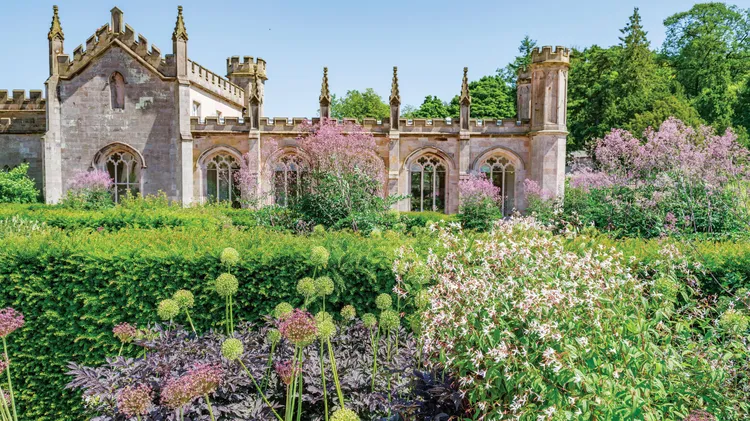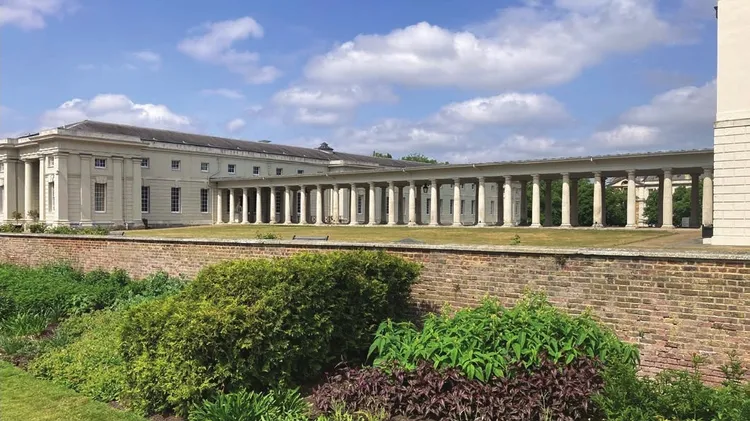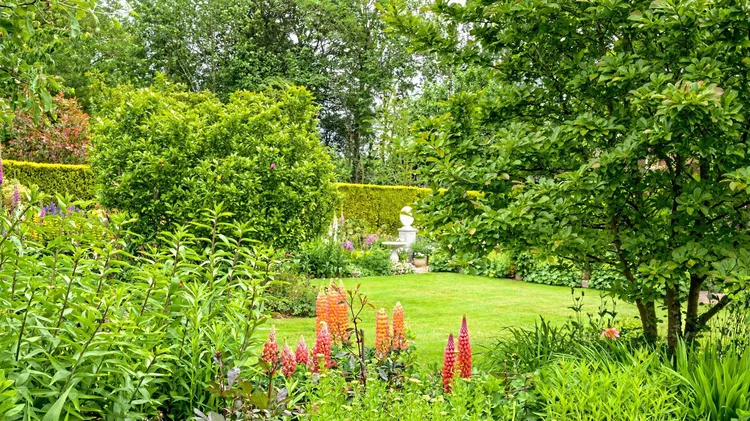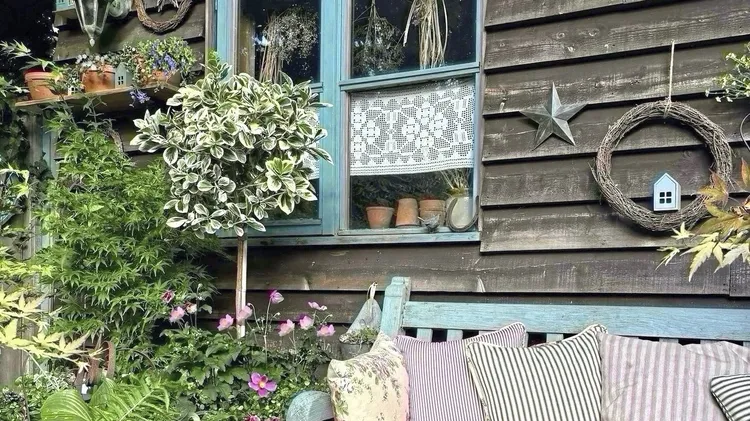Frenchconnection two styles of gardening are skilfully combined at seend house in wiltshire, where maud peters blends the formality and symmetry of france with traditional english abundance to create something delightfully different
6 min read
This article is from...
Read this article and 8000+ more magazines and newspapers on Readly






